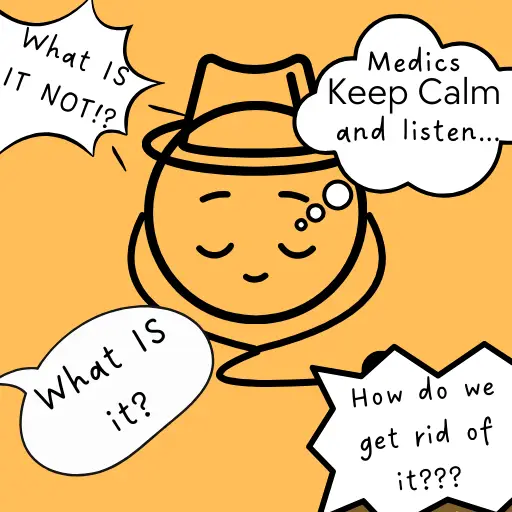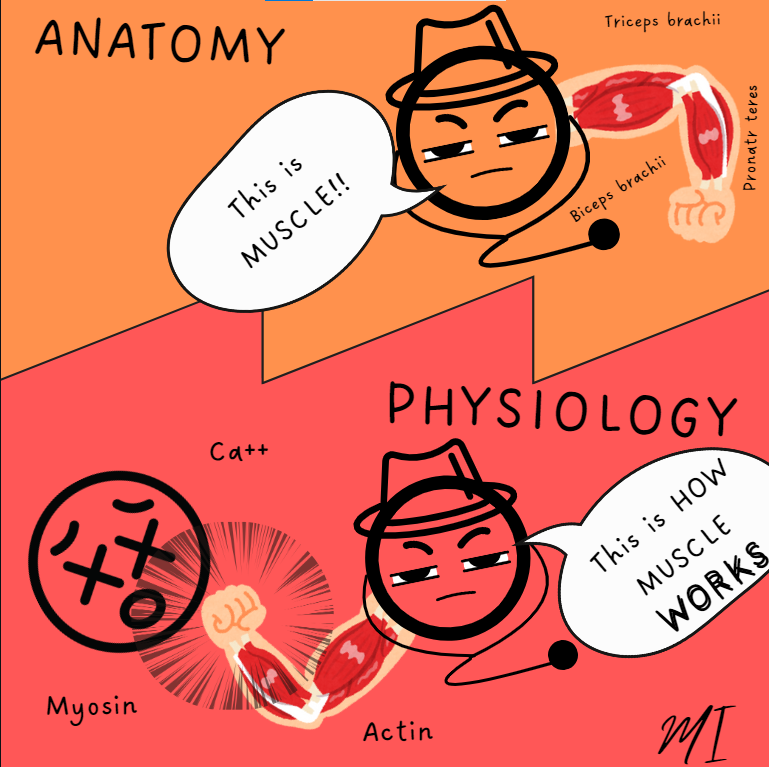“It is infinitely better to transplant a heart than to bury it to be devoured by worms.”
Today we’ll be excavating what anatomy IS, what it ISN’T and how to respond to that so that hopefully, we get the highest yield from studying it. This is a first-hand testimony from a more recent crop of the course, cohort of 2023/2024 and the following are why it is important to hear a testimony from the most recent group:
- The experience is far much fresher in our eyes as it’s just about a week ago…
- The department has really taken things up a notch, evolving in the way they choose to not only TEACH us, but EXAMINE us as well. You’ll only get the best of that through such recent testimony, and probably learn how to train towards adapting to the new department standards.
Hi, medInsider here, and I’ll be reporting on behalf of Keep Calm medics, where you keep calm, and succeed. Because of time, space and attention span, I won’t belabour more on who I am, therefore, if you want to engage further than this my contacts are available at the end of this mini-blog.
OPENING REMARKS…
The earthquakes in life that we haven’t prepared for are the ones that tend to bring the most damage. By considering the sentiments of hindsight from one, another may be equipped with foresight to know what to expect, and perhaps be thoroughly equipped to face such an earthquake, maybe a slightly different one, with the confidence and dexterity(skillfulness) that it demands. Have a good read! (smiles after writing this)

ANATOMY: What it isn’t
Let’s bust a myth here and now.
ANATOMY is a bulky subject that bears too many aspects to grasp. WRONG, though it may feel that way many at times. The common goal of anatomy is not to grasp every little intricate detail (which might be the STARTING goal for most of you, hopefully you achieve it…most don’t) but knowing what you NEED TO know.
(Fun read: Only 5% of people have achieved their set New Year’s resolutions with a 100% rate. Read more here)
ANATOMY: What it is
Let’s start with WHAT IS ANATOMY, shall we…
According to Britannica, anatomy is a field concerned with the identification and description of the body structures of living things.
My guy, my sis, think of it like this; learning anatomy is a knowing what you are made of, physically, and being able to describe that. Like a city with a name (eg. your name), various places (organs), roads connecting them (vessels) structures put in place to ensure things are moving (muscles) and messengers (nerves) ; the knowledge of this city all-together makes it possible to know HOW it works. I could go on describing what anatomy is, however, the conventional approach is to couple it to it’s key friend… (though the 2 complement each other, the departments in the university…)
PHYSIOLOGY, anatomy’s partner in crime…
Meet Anatomy’s nosy friend, PHYSIOLOGY. While anatomy talks about the what and the where, Physiology talks about the HOW… Guys, we said this will be easy to understand, so let me use an example to bring it home. KFC is where a chicken goes to …die (WHERE– ANATOMY) ; The process of its death*,however, (being taken from the farm, transported to the mass-slaughter factory and meeting that sharp blade with no mercy) that’s Physiology. In a relevant academical example:
This is a muscle- Anat.
How does this muscle work? – Physiology
This is a nerve- Anat.
How does a nerve transmit signals? – Physiology
From this example, you see how they both compliment each other. Now back to anatomy…

Subdivisions of Anatomy…
- Gross anat.
- Embryology
- Histology
Here’s a helpful summary of the three:
Gross anatomy: The study of anatomyxa0at the visiblexa0orxa0macroscopicxa0level. (Someone else may define it as the study of the anat. you can see easily, or at least, without digging in too much.)
(Learn which books would be necessary to tackle grossxa0here)
Histology: (also referred to as microscopic anat. or microanatomy) The study of the microscopic structure of tissues.
Embryology: (or DEVELOPMENTAL ANAT.). This is the study of the development of new organisms from fertilization to adulthood. [For our courses we may stick more on human embryology (unless you’d want to join a certain crop of people we’ll talk about in coming blogs)]
I can’t fully explain all those divisions here, nevertheless here are links to places that demystify all those aspects, how much they account for your final grade, and how to start reading for them as early as now!
** INSERT LINK HERE**
Enough of that calm comrades, let’s keep calm and digest what we’ve learnt up to now. In the next blog, a continuation of this one, we will go more into HOW to TACKLE anat. (point 3). You’ll find the link here. Fill free to check out some of our other feautured blogs! I leave you all with a though to ponder…
“During My First Semester Of Medical School, I Cannot Know How The Emotional Difficulty Of The Actions We Perform On Our Cadavers Will Help Us Prepare For The Agonizing Moments We Will Observe In The Lives Of The Living.”
Lynn Margulis
Have any queries? Do feel free to Contact us here
Regards,
The MedInsider
